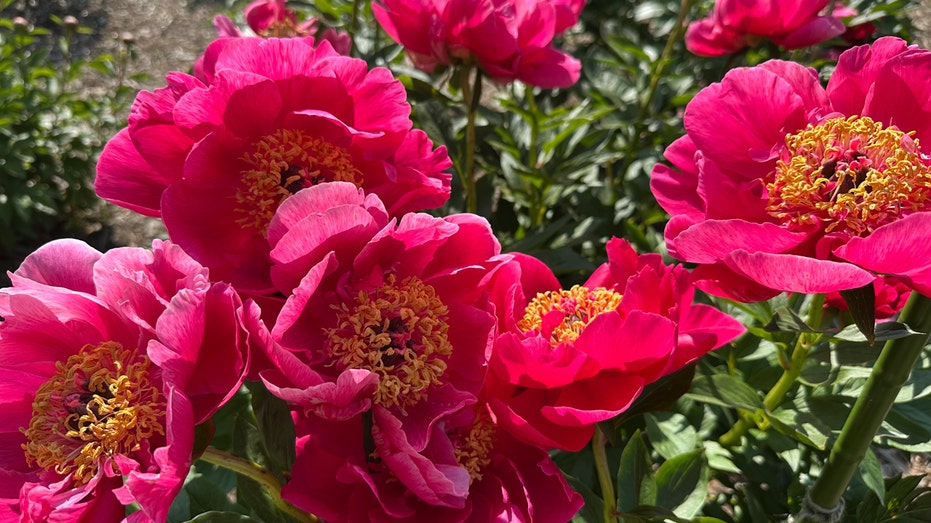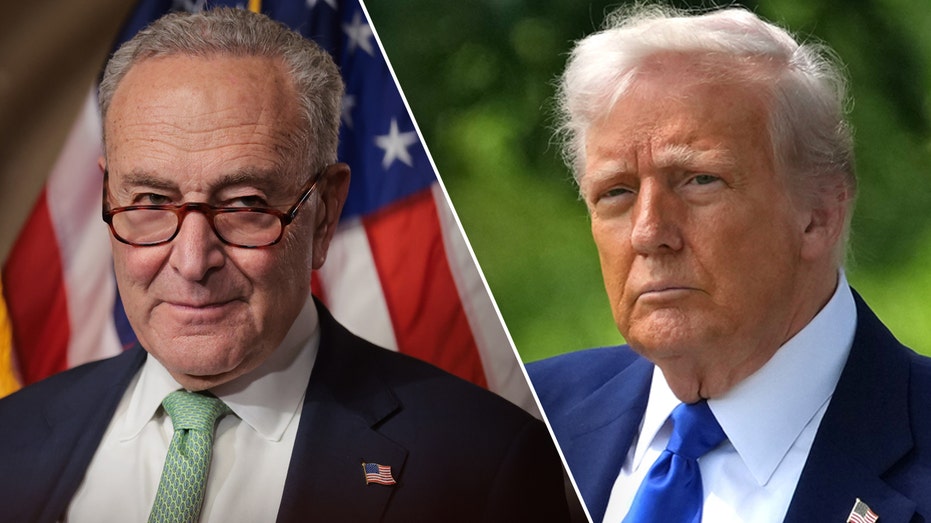Shaolin Temple: How Martial Arts Bridge Cultures and Promote Global Unity
Global martial arts enthusiasts flock to China amid surge in kung fu movies and martial arts schools.

The Shaolin Temple, nestled among the misty peaks of Henan’s Songshan Mountains, is witnessing a remarkable transformation. Every day, visitors from all corners of the world arrive to train in authentic Shaolin kung fu, turning the legendary monastery into a unique melting pot of cultures and traditions. The rhythmic sound of synchronized movement fills the air as practitioners—hailing from countries as far apart as Brazil, Kenya, France, and Australia—move in unison on the temple’s iconic stone training grounds.
This surge in international interest is, in part, the result of global fascination with kung fu movies and martial arts culture. Yet for many participants, their journey goes far beyond cinematic admiration or physical exercise. “Learning at Shaolin is about discipline, focus, and respect—values that transcend borders,” explained one martial arts student, expressing how the ancient practice acts as a powerful conduit for cross-cultural understanding.
The temple itself stands as a tangible link between the past and present. Founded over 1,500 years ago, Shaolin Temple is renowned not only for its religious significance in Chinese Buddhism but also as the birthplace of kung fu. Today, its halls echo with a blend of languages and accents, as students of all backgrounds immerse themselves in demanding daily routines: rising before dawn, perfecting intricate forms, and engaging in meditation sessions led by resident monks.
The atmosphere on the temple grounds is both intense and harmonious. Novices struggle to master basic stances, while seasoned disciples execute complex fighting combinations with agility and grace. The monks, wearing their traditional robes, move among them, offering corrections and words of encouragement. In this setting, martial arts is elevated to more than just a sport—it becomes a living philosophy.
As Shaolin kung fu continues to capture the world’s imagination, the temple remains a beacon for those seeking personal growth and cultural exchange. Its enduring legacy as a bridge between East and West grows ever stronger, proving that the art form is not only a proud symbol of Chinese heritage but also an evolving shared language for the world.




